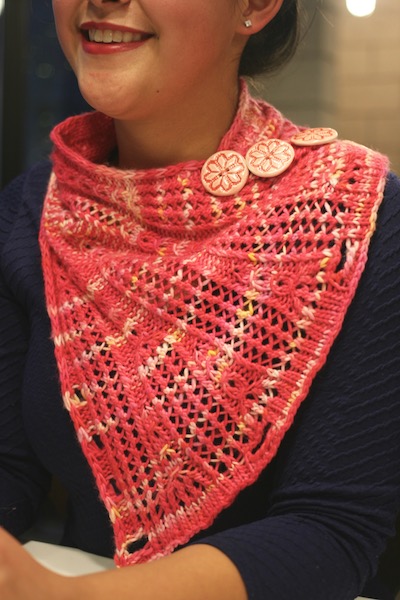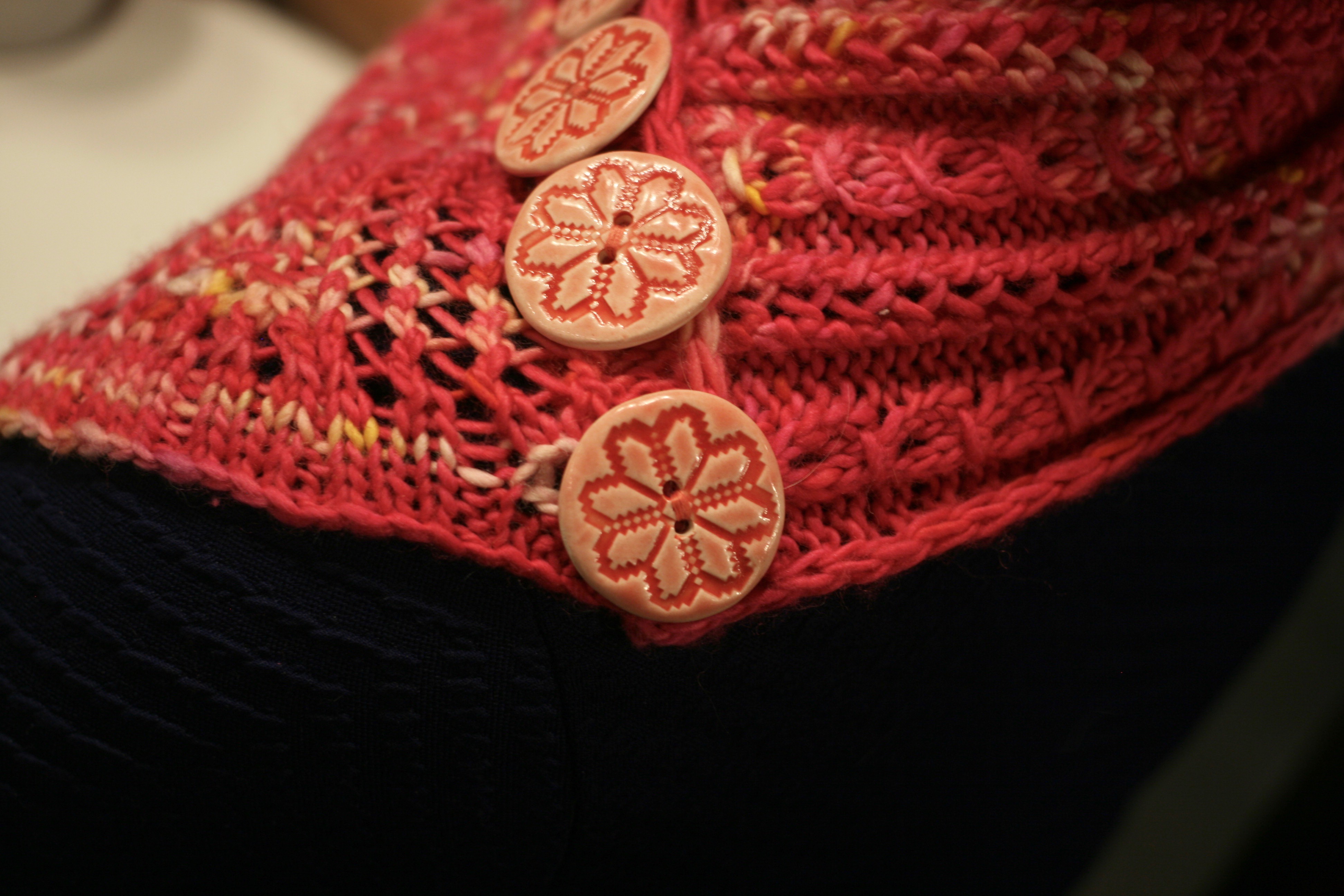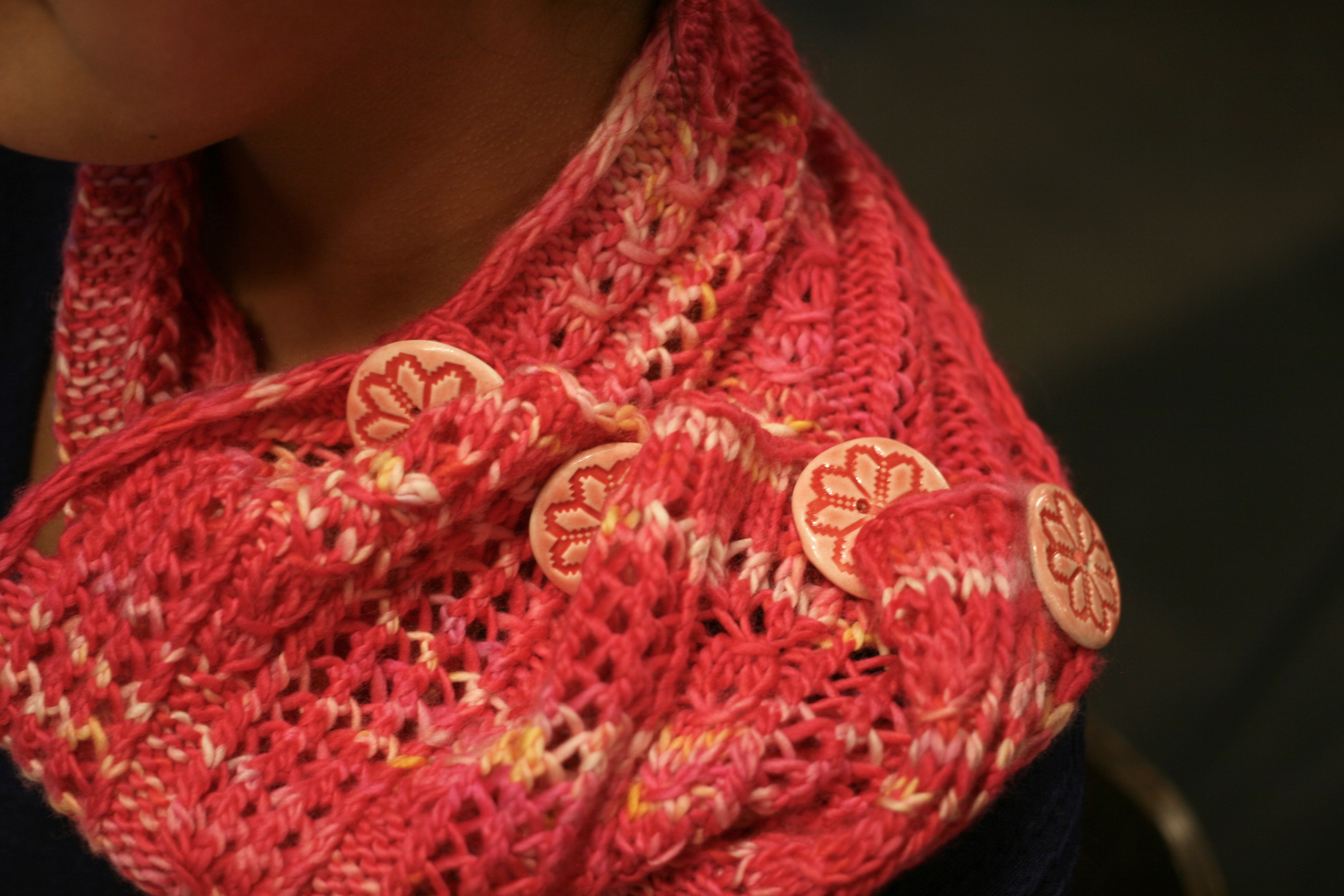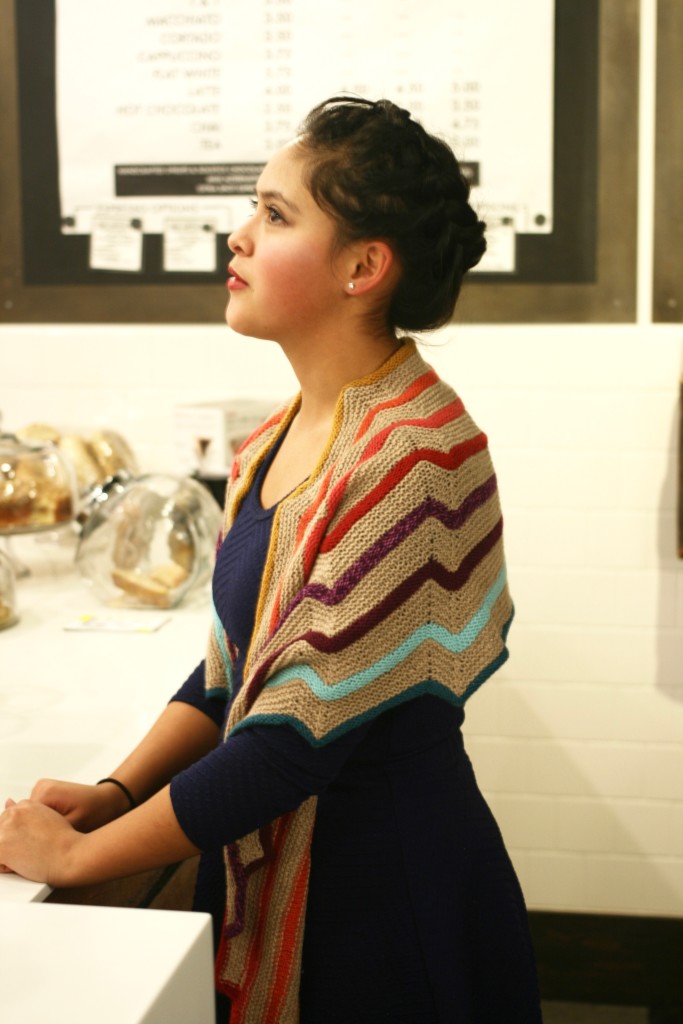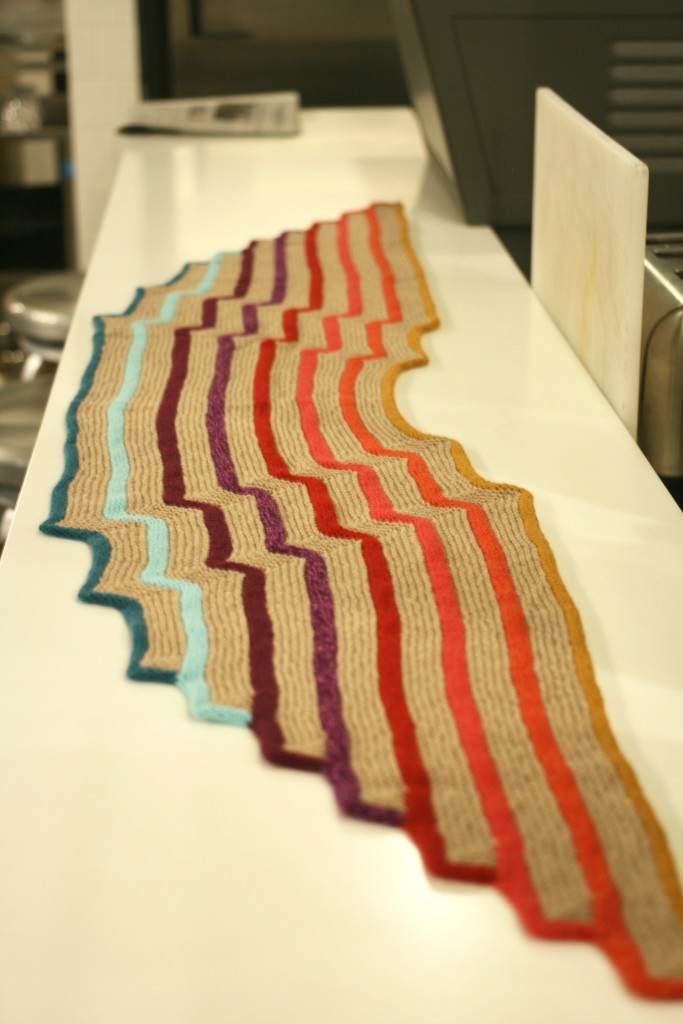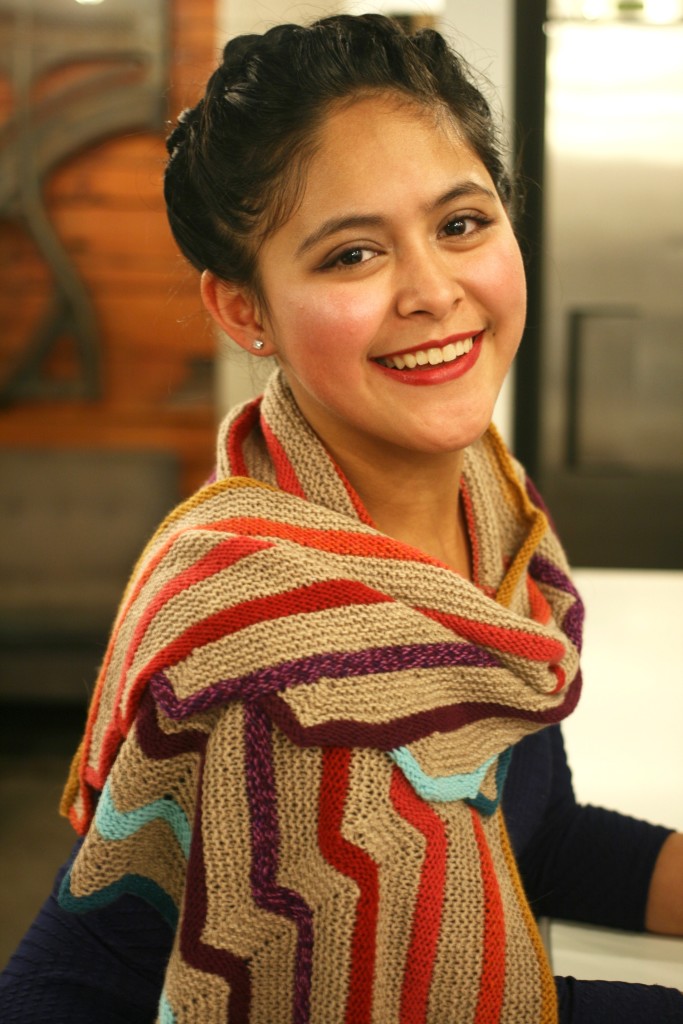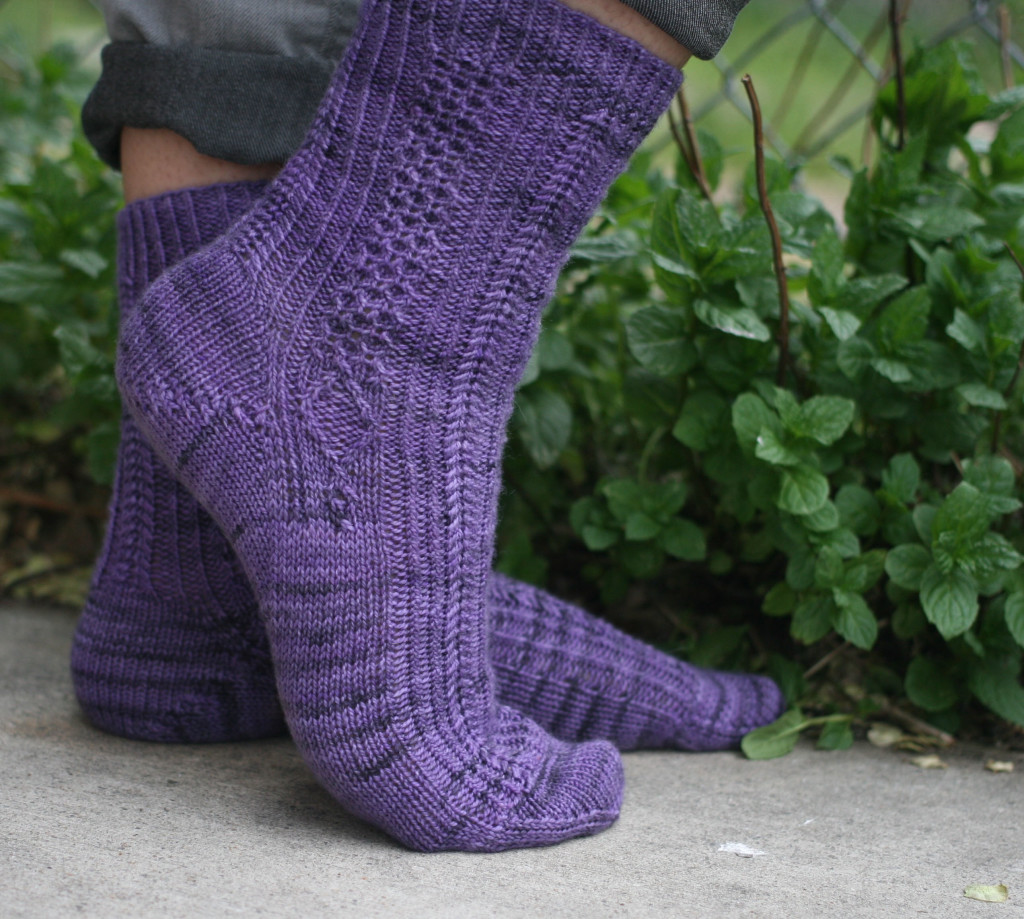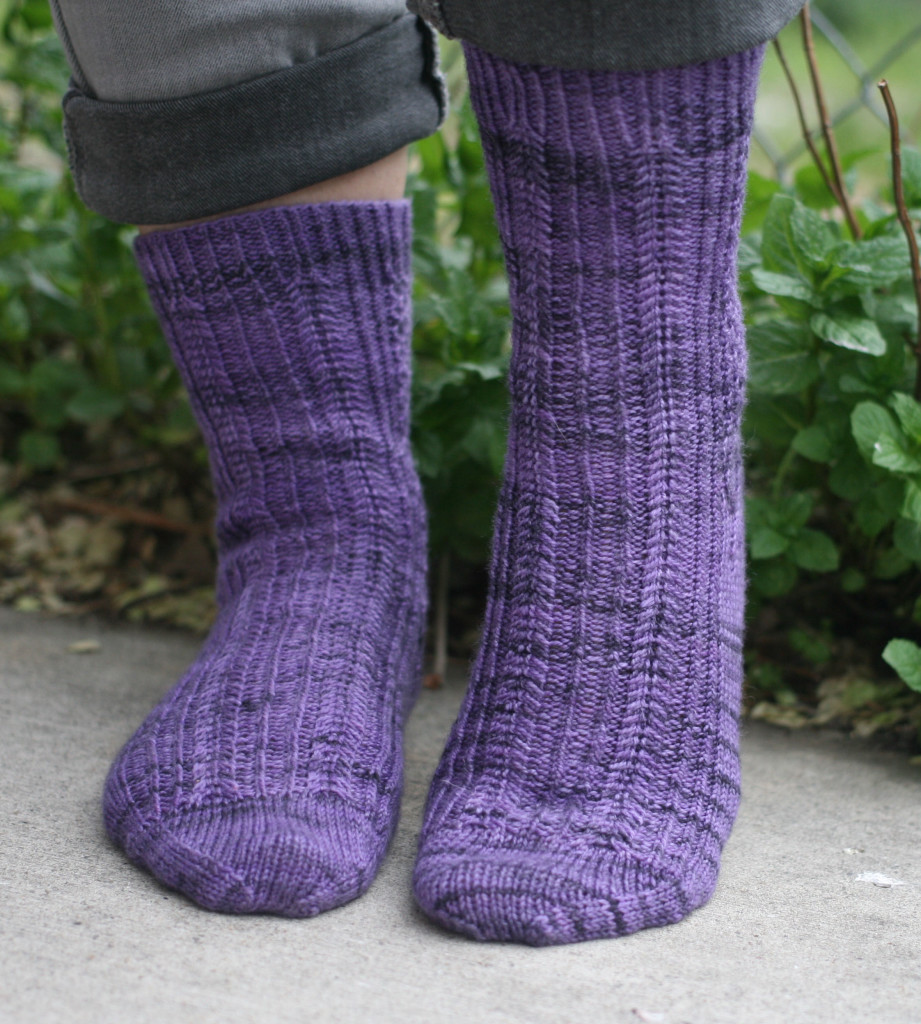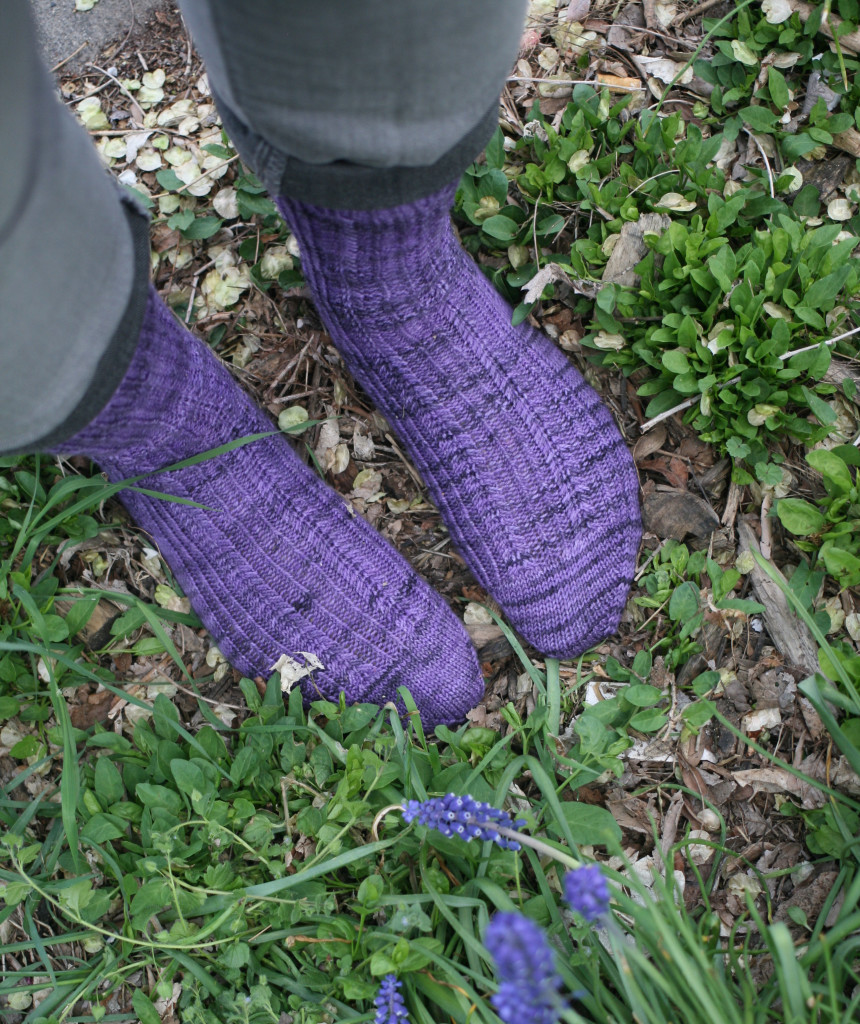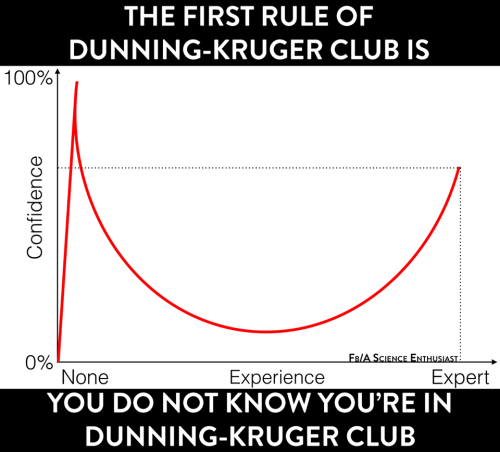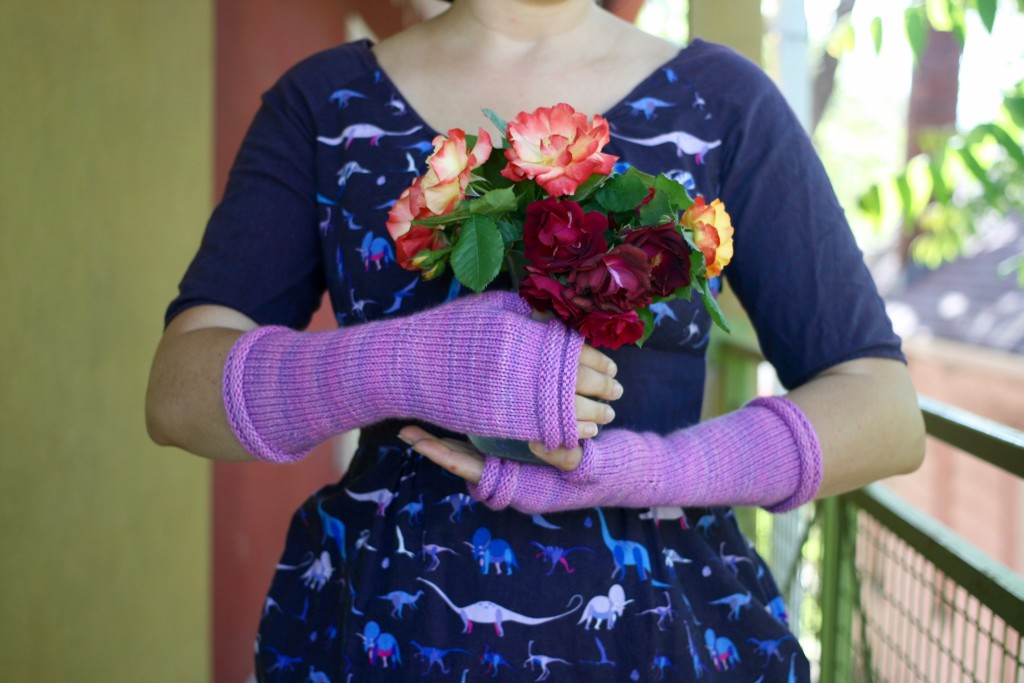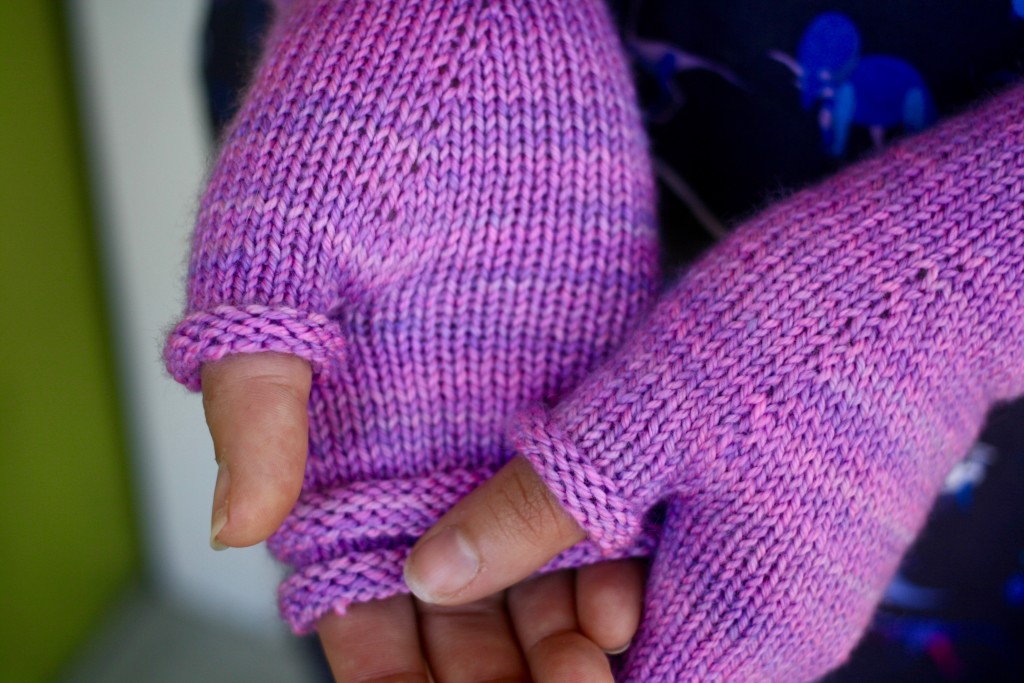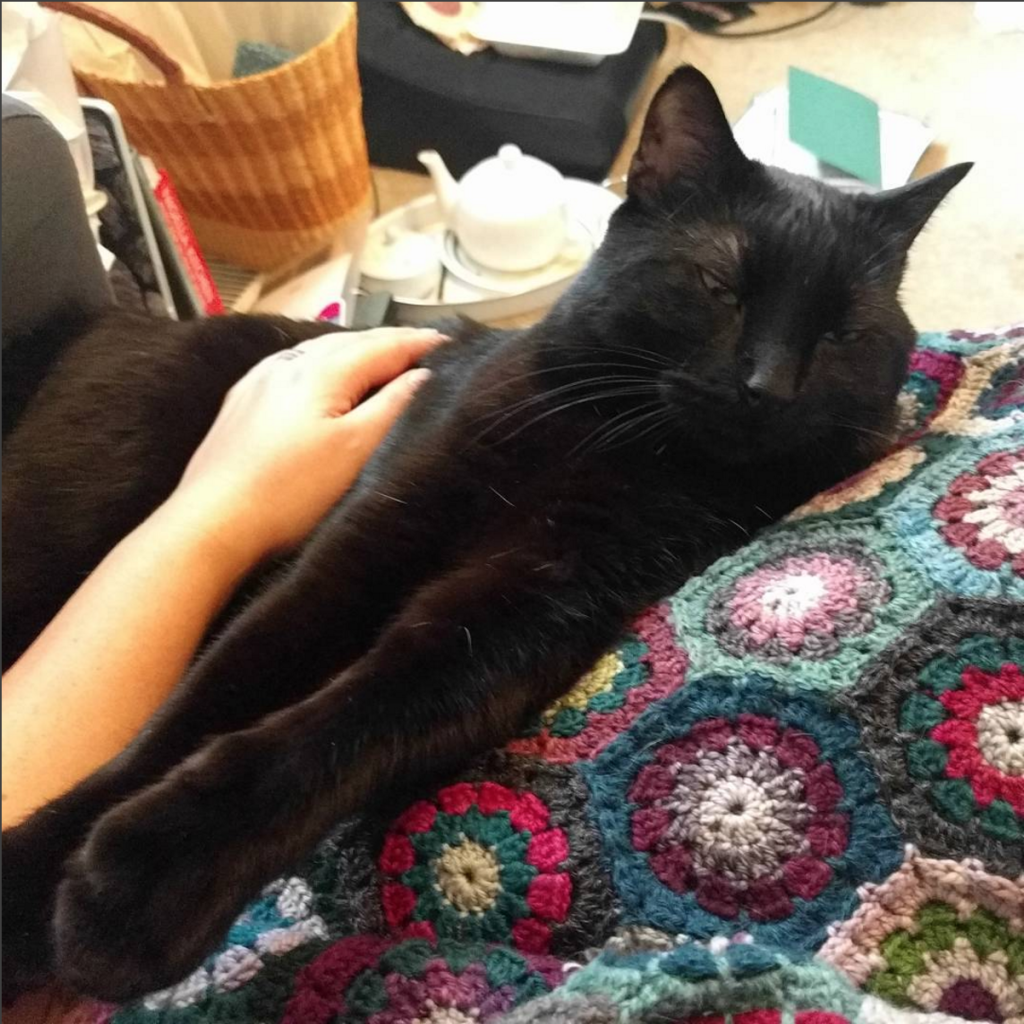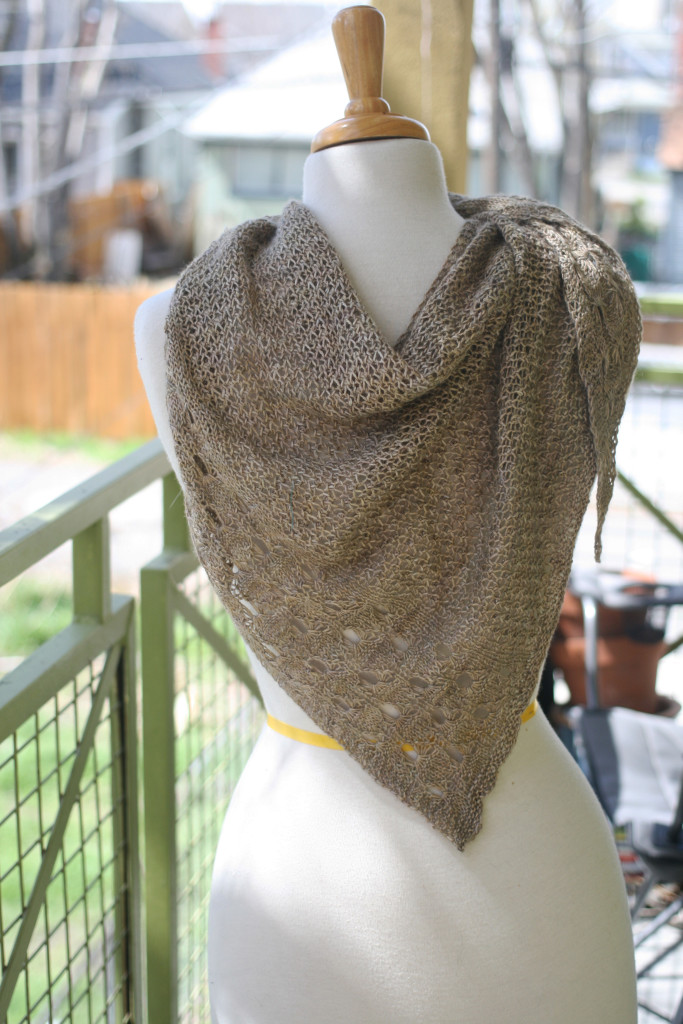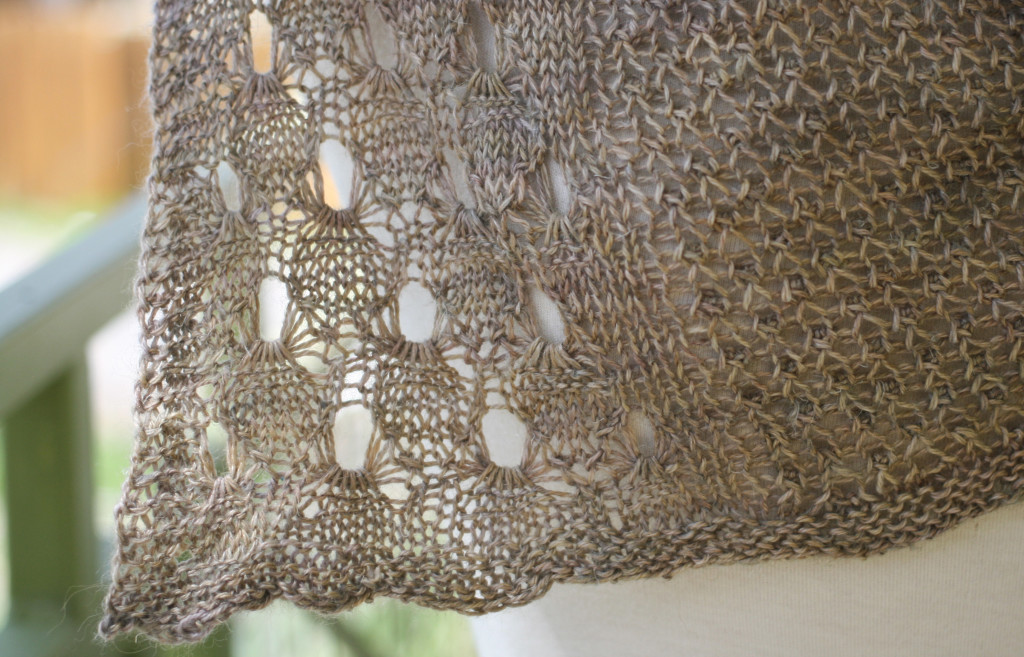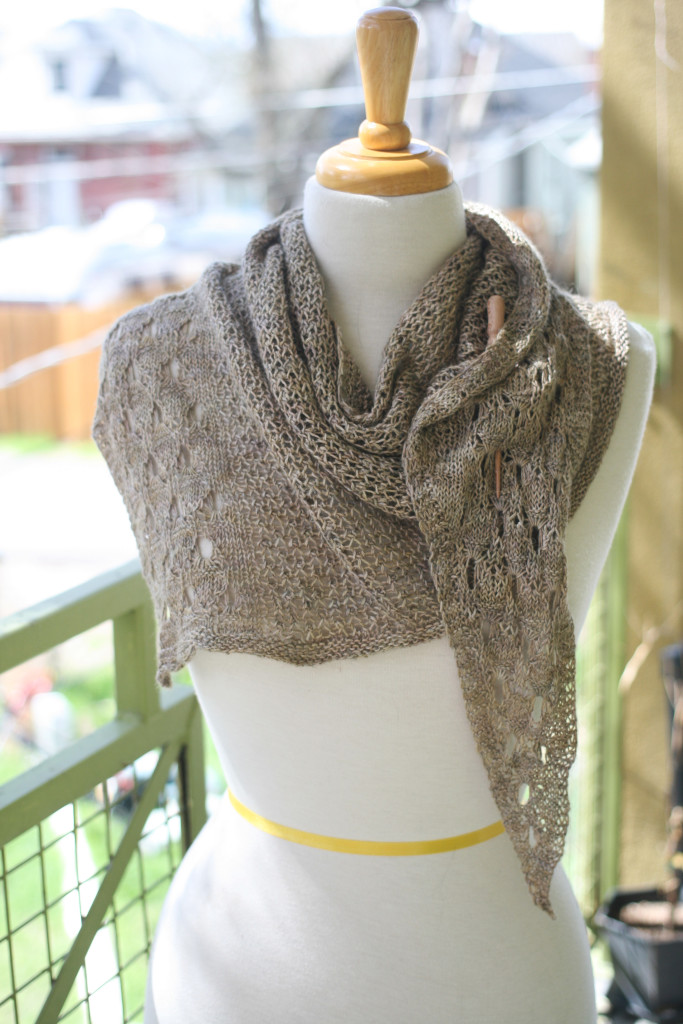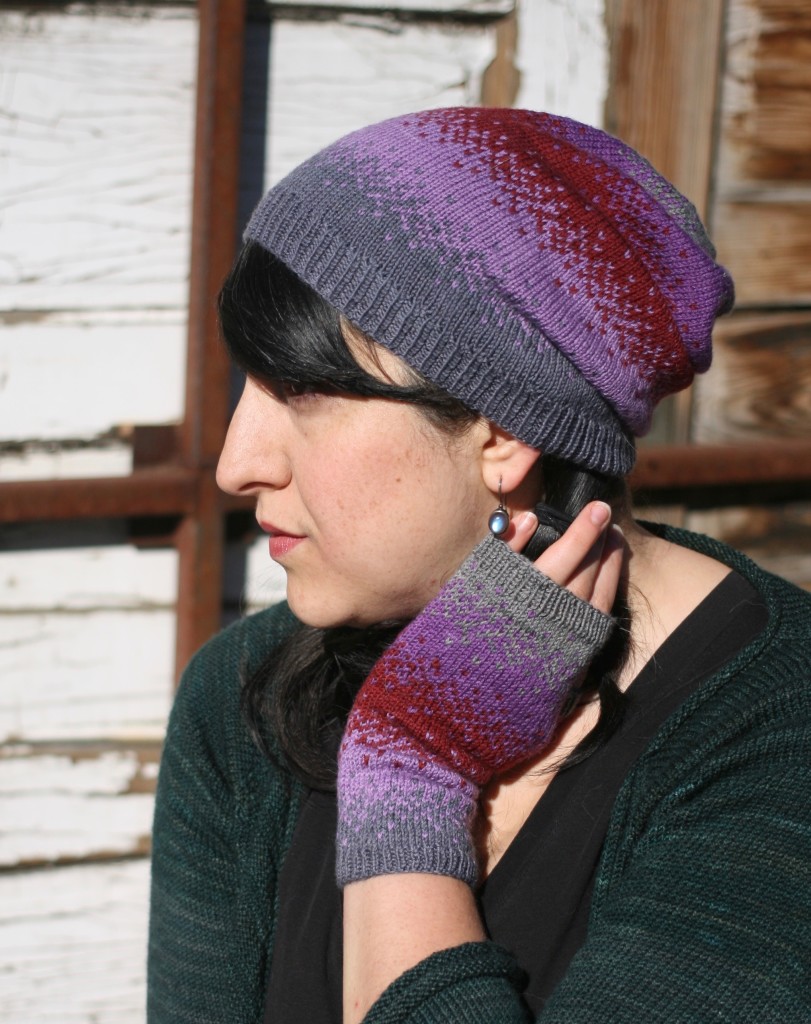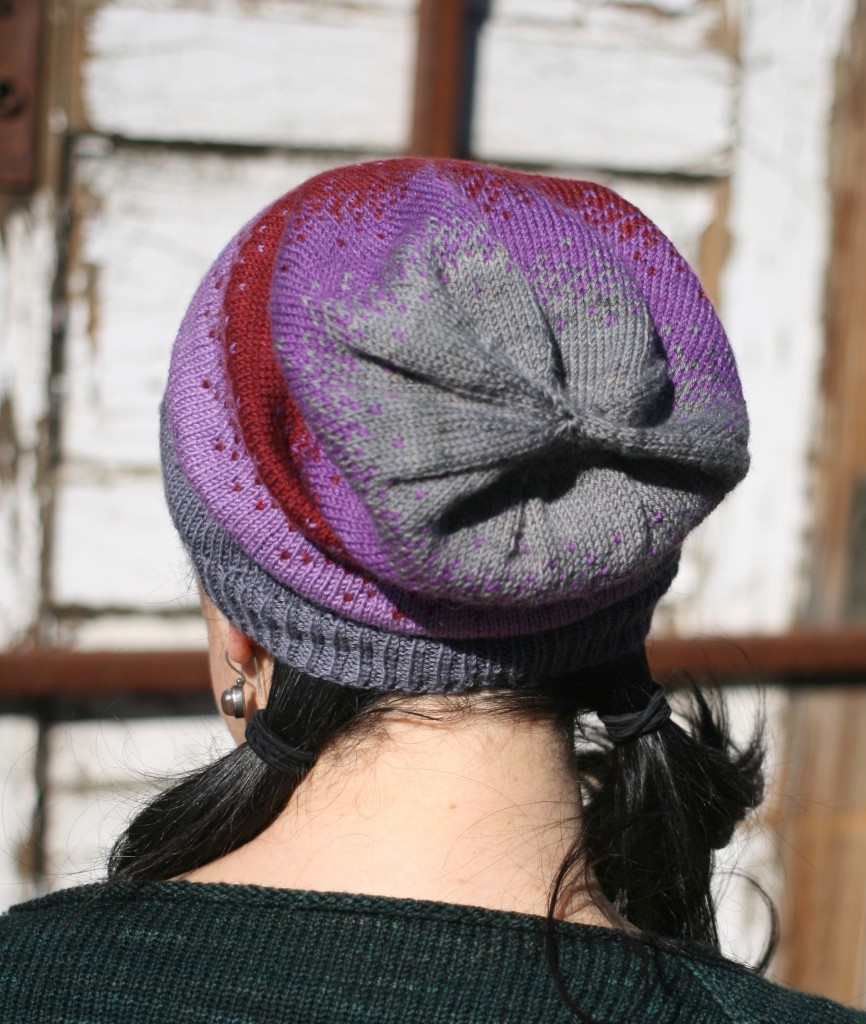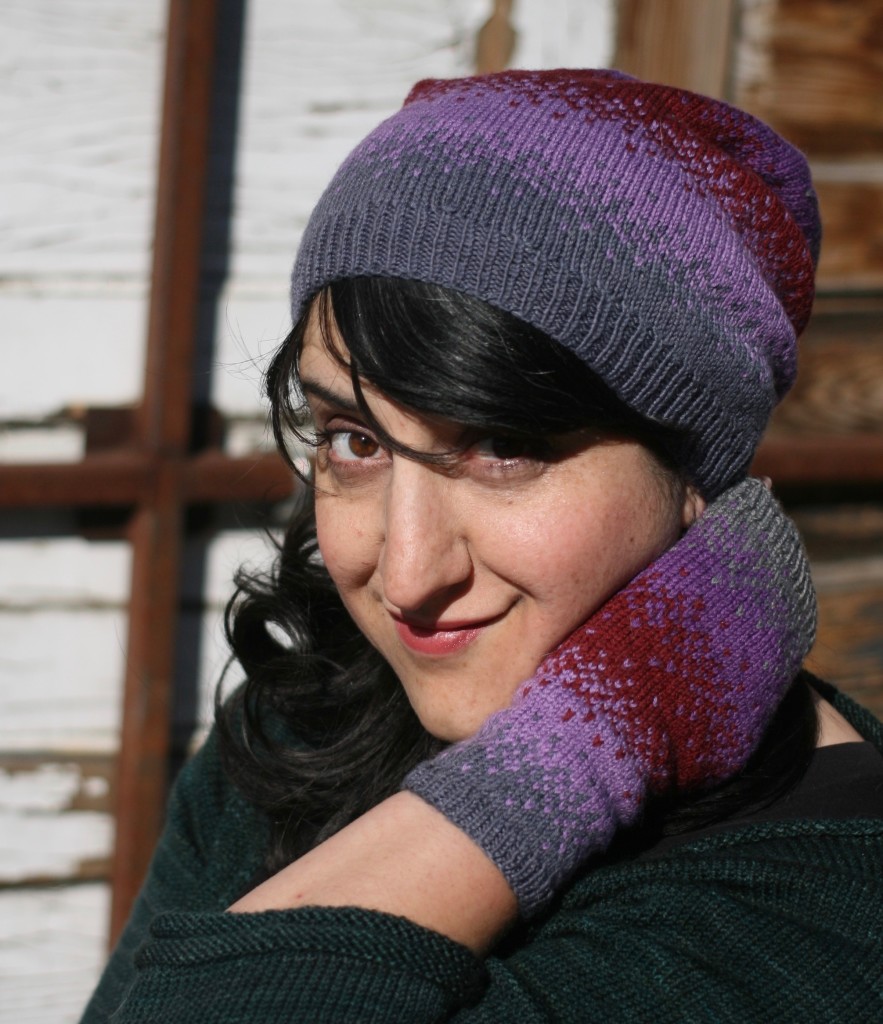Please consider supporting me in a small way with your purchases by using the following affiliate links for supplies. It won’t cost you anything extra.
- Water-soluble Fabric Pen – great for marking pick up positions on fabric when knitting or crocheting onto commercial fabric.
- Tiny Metal Crochet Hooks – Great for puncturing fabric to pick up stitches for knitting or crochet. These ones from Clover have a super comfortable handle.
- Blocking Supplies – Always wash and block your swatches! I use stainless steel welding rods for my blocking wires, but for swatches or small edges, these are great.
- Hera Marker – in a pinch I’ve used the edge of a book or a spool of thread laid on the flat edge, but nothing beats a hera marker for pressing small seams. Also great for marking a pickup position temporarily on a woven fabric. There’s also a slim version here, and a version with a point turner here.
- Iron and a pressboard – You probably already have an iron, and you can make a pressboard yourself.
- Skip Cut Blade for the rotary cutter – This works really well with knit or fleece fabrics (flannel too!) to cut a line of notches that can be used for picking up stitches or crocheting onto an edge. Not recommended for use on woven fabrics. I have the one linked there, but this company makes a variety of blades for specific fabric types. Very handy.
- Ruler – while any old ruler will do the job, I really like Creative Grids quilting rulers for a lot of purposes. They have a grippy side (which is so handy!) and they’re clear, which means you can really see where your marks are landing in the grand scheme of the fabric. I particularly love this 3″x7″ one for working with swatches.

